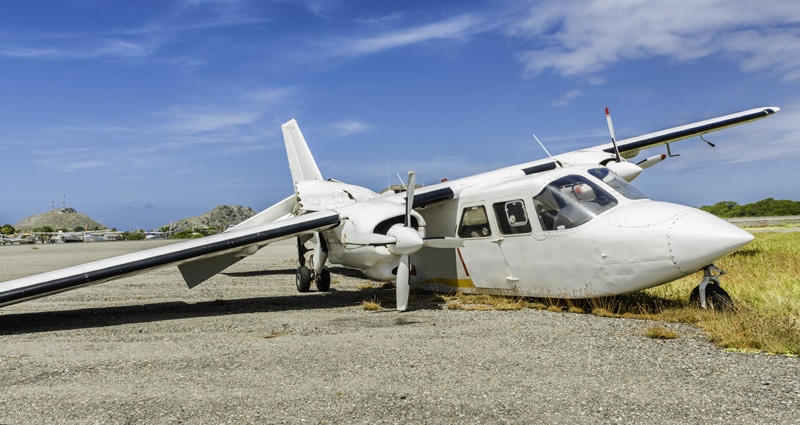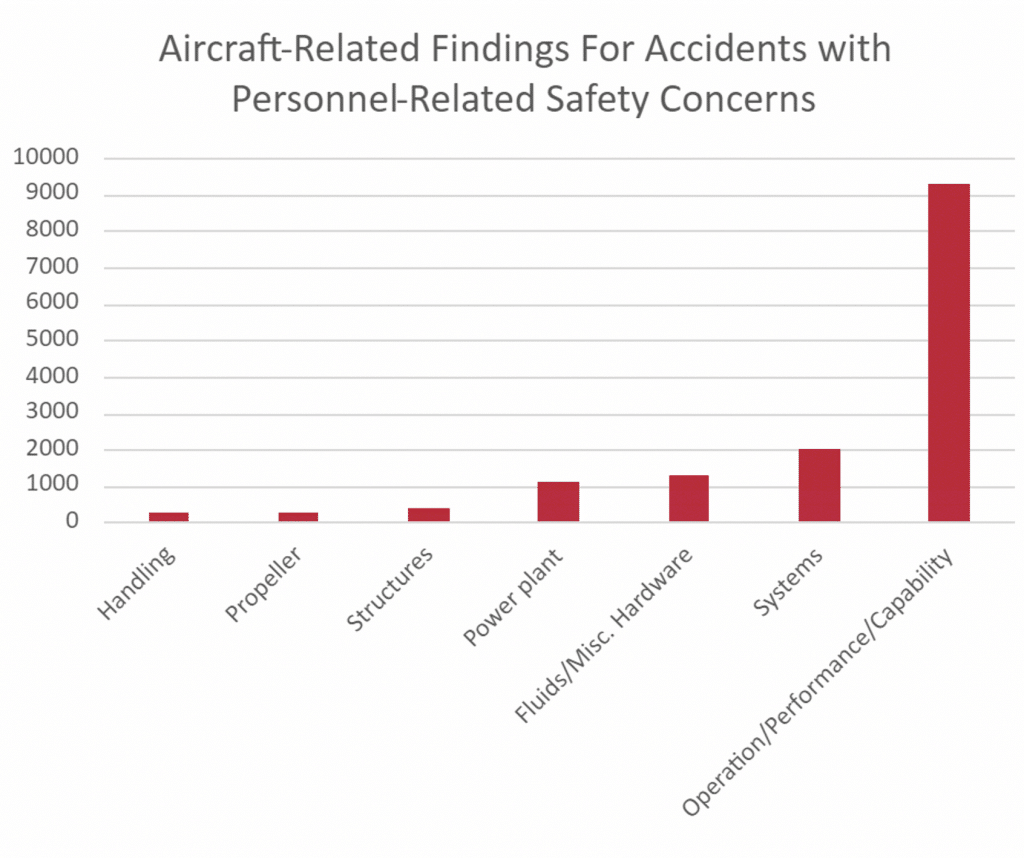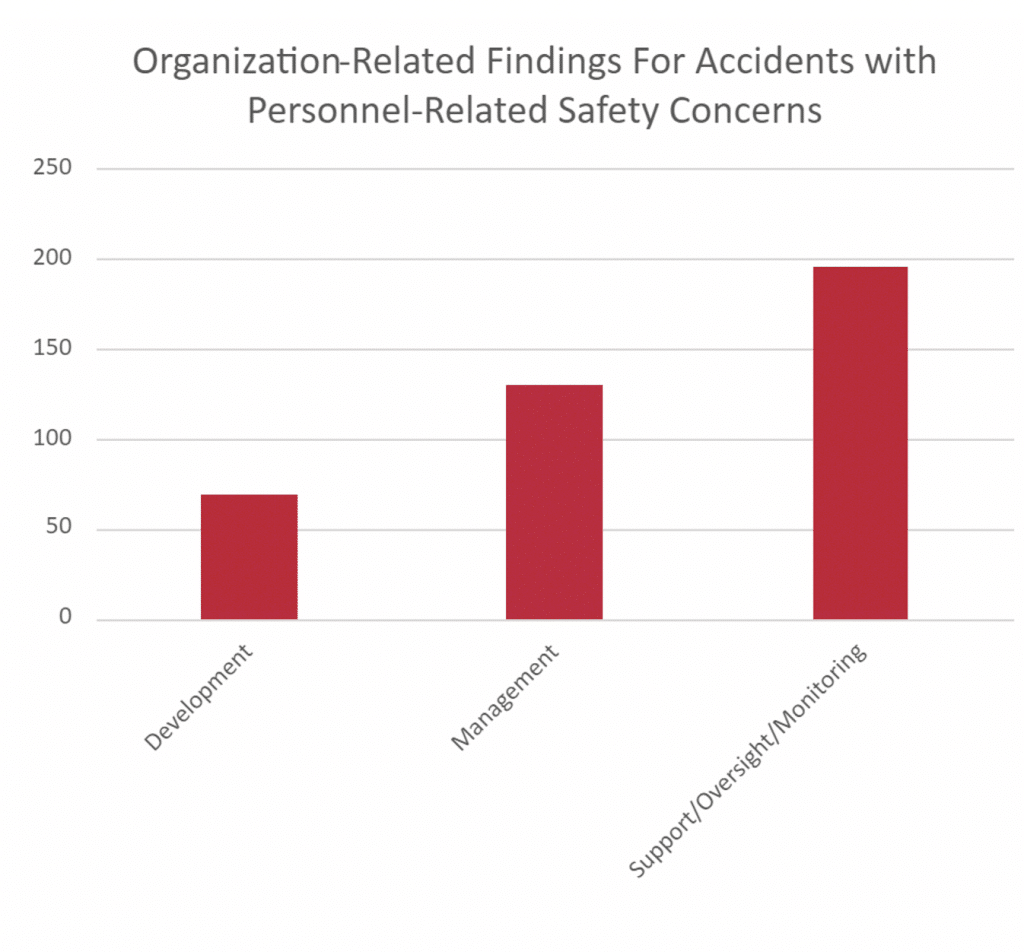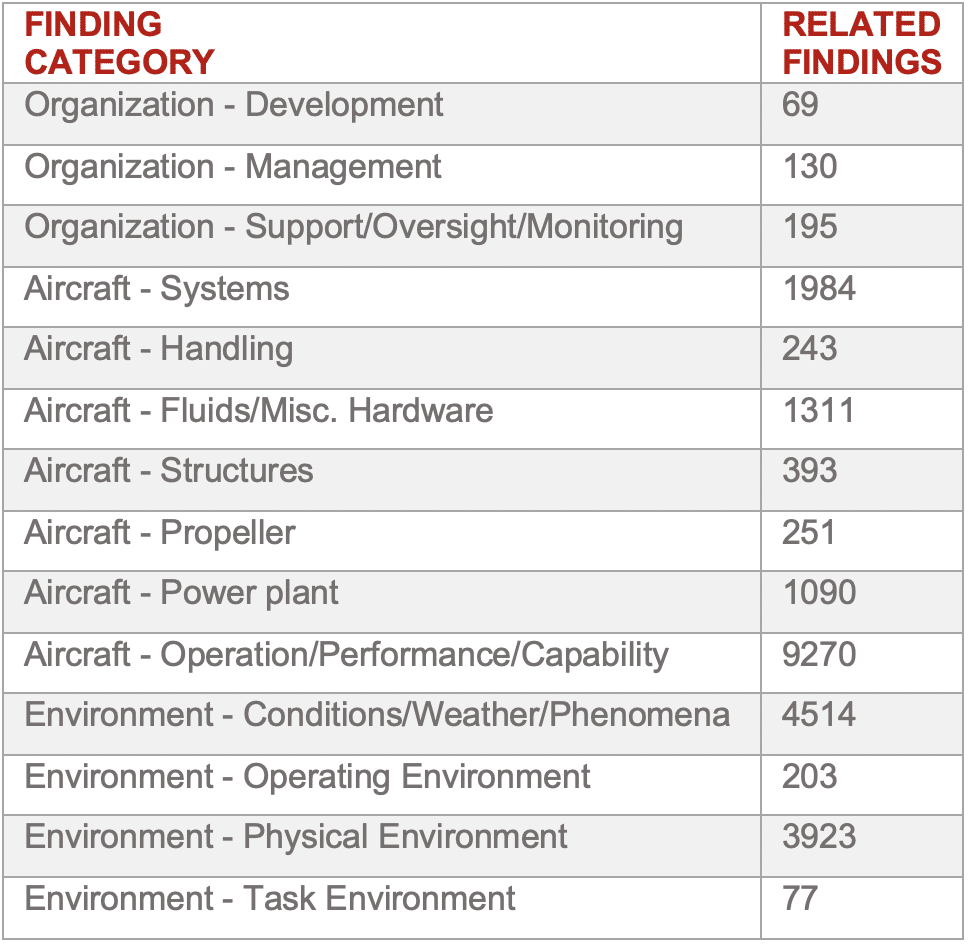Pilot Error Accidents: There Is More To the Story

Working directly with an aviation emergency response firm gives me unique insight into the complex and often cascading factors involved in understanding accident causation. Although pilot error is an often-cited root cause, it is easy to see it is rarely, if ever, that simple.
According to AIN Online, three out of four aviation accidents can be partially or fully attributed to pilot error (Lynch, 2017). As such, the NTSB database, which includes every reportable accident since 2008, has 13,011 accidents with at least one “Personnel Issue” finding (NTSB, 2021). In total, these accidents account for 20,050 personnel-related findings, for an average of 1.54 per accident. However, many pilot-error accidents include other important factors, such as aircraft, environmental and organizational issues, which account for an additional 1.85 findings per personnel-related accident.
Safety Culture Deficits as a Primary Cause
In 2005, a Cessna 560 was on approach when the aircraft entered an unrecoverable stall and crashed, resulting in the death of the two pilots and six passengers onboard. The NTSB determined the probable cause of the accident to be “the flight crew’s failure to effectively monitor and maintain airspeed and comply with procedures for deice boot activation on the approach, which caused an aerodynamic stall from which they did not recover.” The FAA’s “failure to establish adequate certification requirements for flight into icing conditions” was cited as only a contributing factor in the accident (NTSB, 2007).
The NTSB accident report however contained a compelling counter argument, raised by then Board Member Deborah Hersman, who maintained “failure to establish proper certification requirements for aircraft flying in icing conditions should be cited as one of the primary causes of this accident.” (NTSB, 2007).
Other board members stated poor guidance provided to aircraft operators in manuals also should be cited as a contributing factor (NTSB, 2007). Instead, this factor was included as a safety-related concern later in the probable cause document, and a recommendation was established regarding this concern, which can be found in the NTSB’s CAROL query. Additional safety recommendations related to this accident can also be found in this accident’s probable cause document.

While less common than aircraft safety concerns, an organization’s safety culture can significantly impact the safety of a company’s flight operations. Organization safety concerns were attributed by the NTSB to 394 accidents involving personnel issues (NTSB, 2021).
In 2009, a Beechcraft Baron operated by a medical test provider was flying a general aviation flight into Teterboro Airport, when the aircraft overshot the intended runway and crashed. The accident resulted in the death of one of the two pilots onboard. The NTSB found the probable cause to be “the complete loss of thrust due to the second-in-command’s (SIC) inadvertent feathering of both propellers during a high-speed, low-altitude approach.” However, the board also cited “adequacy of policy” of the operator as a safety concern (NTSB, 2011). Then Chairwoman Hersman and then Board Member Rosekind dissented to the publication of the probable cause document in its current form, stating that the operator “has a history of pilots operating aircraft for extended periods of time.” Prior to the accident, the Flight Safety Foundation stated that the operator’s pilots work “excessive” hours (NTSB, 2011).
In addition to the Board’s findings on the adequacy of the organization’s safety culture, the report also found that both the first- and second-in-command worked several nights in a row, the last of which was “during the window of circadian low” (NTSB, 2011). The operator was also criticized for inducing competition between pilots to work more hours in exchange for promotions, and a lack of flight hour requirements for new hires (NTSB, 2011). In her statement of dissent, then Chairwoman Herman questioned, “At what point is further scrutiny appropriate? When they operate in 100 cities per night? When they have 50 aircraft? Or after they have another accident?” (NTSB, 2011).

The chart below summarizes the additional findings involved in accidents that have personnel-related safety concerns:

This article demonstrates that eliminating factors contributing to an accident—even those beyond the probable cause—could have prevented accidents in the past and could prevent accidents in the future. As industry professionals, it is our duty to ensure safety onboard every aircraft, and the key to safety is found in multiple areas: our personnel, our equipment, regulatory agencies and manufacturers.
References
Cutler, C. (2018, February 3). 10 Most Common Causes of Fatal Aviation Accidents. boldmethod. Retrieved March 8, 2021, from https://www.boldmethod.com/blog/lists/2016/08/10-most-common-fatal-ga-accident-types-from-the-faa/
Lynch, K. (2017, August 24). Aviation Accident Rates Improve, but Pilot Errors Persist. AIN Online. Retrieved March 8, 2021, from https://www.ainonline.com/aviation-news/business-aviation/2017-08-24/aviation-accident-rates-improve-pilot-errors-persist
NTSB. (2007, January 23). Crash During Approach to Landing, Circuit City Stores, Inc., Cessna Citation 560, N500AT. National Transportation Safety Board. Retrieved March 8, 2021, from https://www.ntsb.gov/investigations/AccidentReports/Pages/AAR0702.aspx
NTSB. (2011, March 22). Aviation Investigation – 44 Docket Items – ERA09LA469. National Transportation Safety Board. Retrieved March 8, 2021, from https://data.ntsb.gov/Docket?ProjectID=74561
NTSB. (2021, February 2). Aviation Accident Database & Synopses. National Transportation Safety Board. Retrieved March 3, 2021, from https://www.ntsb.gov/_layouts/ntsb.aviation/index.aspx
 Fireside Partners
Fireside PartnersFireside Partners, Inc., is a fully integrated emergency services provider designed to provide all services and resources required to respond effectively and compassionately in a crisis situation. Dedicated to building world-class emergency response programs (ERP), Fireside instills confidence, resiliency and readiness for high-net worth and high-visibility individuals and businesses. Fireside provides a broad array of services focused on prevention and on-site support to help customers protect their most important assets: their people and their good name.
https://www.firesideteam.com
© 2025 Fireside Partners. All Rights Reserved.
Next ArticleRelated Posts

Emerging Security Threats in Business Aviation: Activism and Down-Route Risks
Security incidents affecting business aviation do not need to involve violence to have an operational impact. A protest delaying crew movements, blocking access to a hangar or resulting in an unauthorized photograph of a sensitive client can all trigger reputational, financial or compliance concerns for operators.

Little Things Matter: The Lost Key of the Titanic
Ultimately, the story of the Titanic’s lost key is a call to action for aviation professionals. It underscores the need for unwavering attention to detail, robust systems to catch human error and a culture that prioritizes safety over haste.

